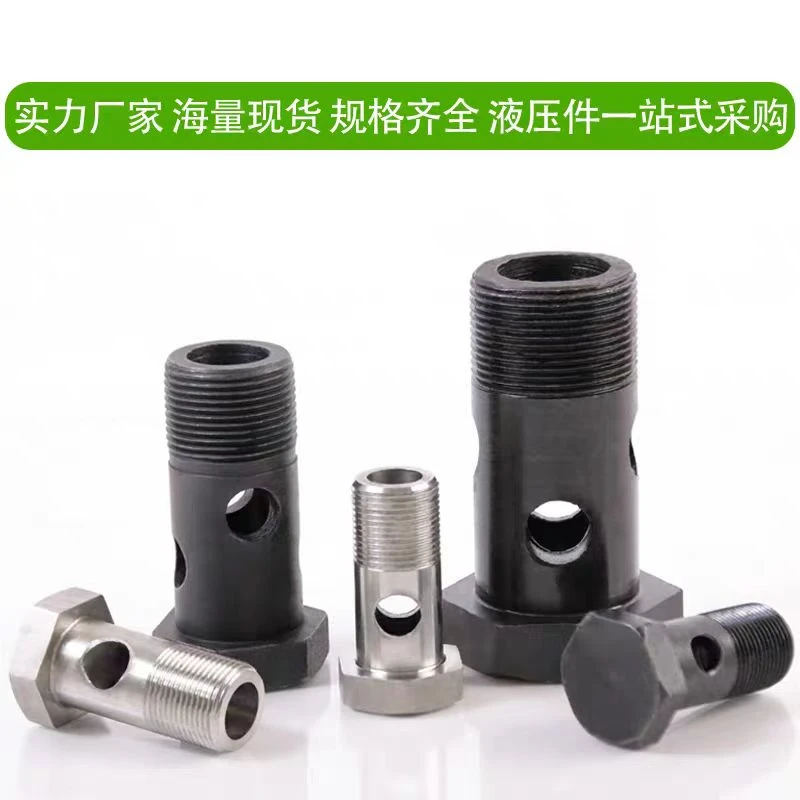

Selecting the Right Foundation Bolt for Your Fastening Needs
Nov . 24, 2024 02:02 Back to list
Selecting the Right Foundation Bolt for Your Fastening Needs
The Importance of Foundation Bolts in Construction
In construction, the integrity and stability of structures are of paramount importance. One of the essential components that contribute significantly to this integrity is the foundation bolt. Foundation bolts, as their name suggests, are used to anchor structures securely to their foundations, ensuring safety and durability over time. This article explores the significance of foundation bolts, their types, and considerations in selecting and using them in construction projects.
What are Foundation Bolts?
Foundation bolts are heavy-duty fasteners that help secure structures like buildings, bridges, and towers to their foundations. Made of high-strength steel, these bolts can withstand considerable loads, making them ideal for transferring the weight of a structure into the ground. They typically have a threaded end that allows for easy attachment of structural components and a non-threaded end that is embedded into the concrete foundation, providing the required anchoring effect.
Types of Foundation Bolts
Foundation bolts come in various types, each designed for specific applications. Some of the most common types include
1. L-shaped Bolts These bolts have a 90-degree bend at one end. The bent end is embedded in the concrete, while the other threaded end is used to secure structural elements. They are often used in securing machinery or equipment to concrete bases.
2. J-bolts Similar to L-bolts, J-bolts have a hook shape and are primarily used in construction where a strong anchoring point is necessary. The hook holds the structure in place, preventing lateral movement.
3. Anchor Bolts These bolts are usually installed in concrete foundations to secure columns, walls, or other structural components. They can come in various shapes, such as straight, L-shaped, or even spiral and are often embedded deep into the concrete to provide stability.
4. Expansion Bolts Often used in masonry applications, expansion bolts expand upon tightening, creating a strong hold within pre-drilled holes. These are particularly useful for securing fixtures where shear strength is critical.
5. Sleeve Anchors These bolts consist of a bolt, a sleeve, and a nut. When inserted into a pre-drilled hole and tightened, the sleeve expands, anchoring it firmly in place. This type of anchor is often used in situations where adjustment or disassembly may be necessary.
't type foundation bolt - fastener'

Material Considerations
The material used for foundation bolts is critical to their performance. Most foundation bolts are manufactured from carbon steel or stainless steel. Carbon steel bolts are strong and cost-effective, making them suitable for various applications. However, they may be prone to corrosion unless adequately protected with coatings like galvanized finishes. On the other hand, stainless steel bolts offer superior corrosion resistance, making them ideal for environments where moisture or chemicals are present, though they are usually more expensive.
Installation Guidelines
Proper installation of foundation bolts is crucial for their performance. Here are some guidelines to ensure effective installation
1. Consult Structural Drawings Always refer to the structural engineering plans for the correct type, size, and placement of bolts.
2. Correct Embedment Depth Ensure that bolts are embedded to the specified depth as per design guidelines. Insufficient embedment can lead to failure under load.
3. Use Quality Fasteners Select high-quality bolts that meet or exceed industry standards to ensure reliability and safety.
4. Follow Manufacturer Instructions Adhere to manufacturer's installation instructions and torque specifications to achieve optimal performance.
5. Conduct Regular Inspections After installation, regular inspections are necessary to assess the condition of the bolts and the surrounding concrete to prevent failures over time.
Conclusion
Foundation bolts play a critical role in the stability and safety of a wide variety of structures. By understanding the different types of foundation bolts and selecting the appropriate materials and installation methods, construction professionals can ensure their projects are built to last. As technologies evolve and new materials are developed, the importance of foundation bolts will remain a cornerstone of safe and effective construction practices. Investing time and resources into understanding these essential components will pay dividends in the longevity and safety of built environments.
Latest news
-
High-Strength Hot Dip Galvanized Bolts - Hebei Longze | Corrosion Resistance, Customization
NewsJul.30,2025
-
Hot Dip Galvanized Bolts-Hebei Longze|Corrosion Resistance&High Strength
NewsJul.30,2025
-
High-Strength Hot-Dip Galvanized Bolts-Hebei Longze|Corrosion Resistance&High Strength
NewsJul.30,2025
-
Hot Dip Galvanized Bolts-Hebei Longze|Corrosion Resistance&High Strength
NewsJul.30,2025
-
Hot Dip Galvanized Bolts - Hebei Longze | Corrosion Resistance, High Strength
NewsJul.30,2025
-
High-Strength Hot Dip Galvanized Bolts-Hebei Longze|Corrosion Resistance, Grade 8.8
NewsJul.30,2025

